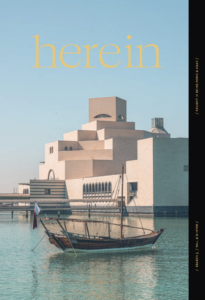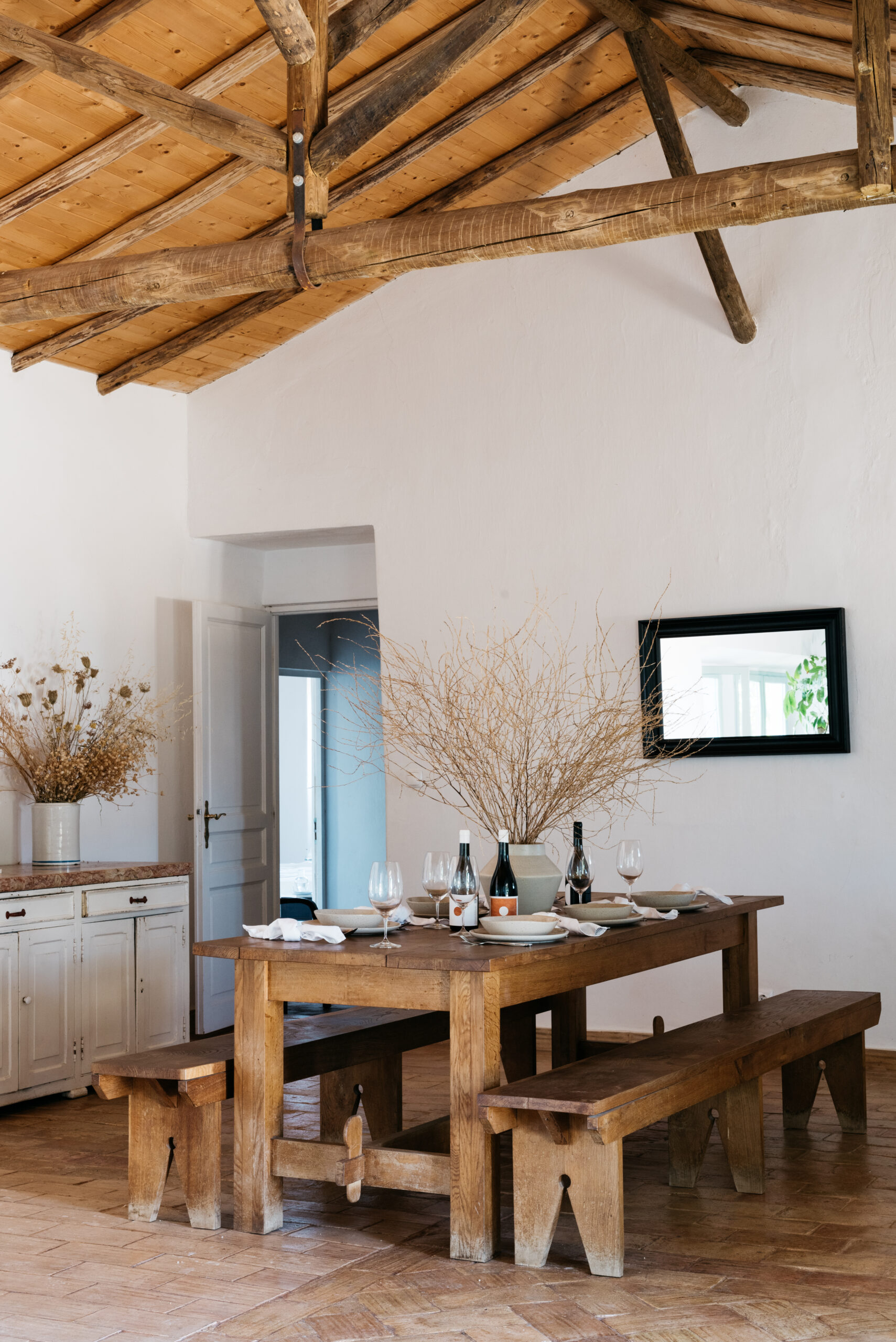By Kate Dingwall
The Okanagan Valley’s landscapes have been formed over centuries: towering and time-weathered mountains, carved by glaciers that melted millions of years ago. The mirrored lakes fed by those glaciers and the surrounding evergreen forests are just as ancient.
Comparatively, the Okanagan wine scene is in its infancy. Grapes here were first planted in 1859, but it was only in the last 20-odd years that producers have caught on—a blip in time compared to the valley’s backdrops.
What the Canadian wine region lacks in age, it makes up for in promise. The Okanagan Valley, which stretches from the northern town of Salmon Arm to the Washington border, is a fertile wonderland for winemaking. Summer days are warm and long, while winters are mild—a perfect climate for pinot noir, cabernet franc, chardonnay, and pinot gris.
And the industry is paying attention. Top winemakers have flocked to the valley to make some of the continent’s most exciting new wines, from plush, rich, Bordeaux-style bottles to mineral-kissed whites, and electric, eccentric orange wines.
Nk’Mip Cellars is more than familiar with the Okanagan’s potential. The winery is owned and operated by the Osoyoos Indian Band, who have called the land home for thousands of years.
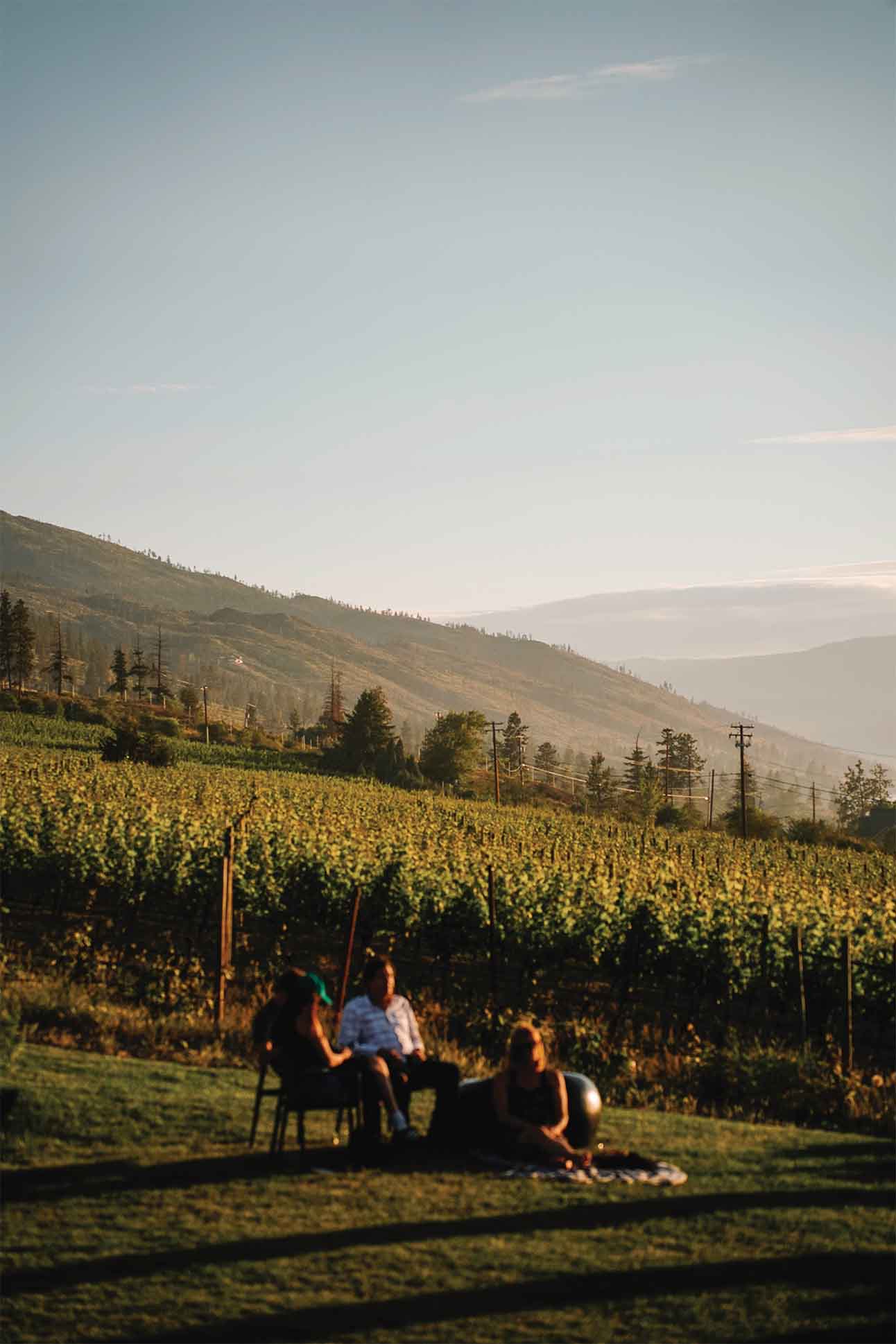
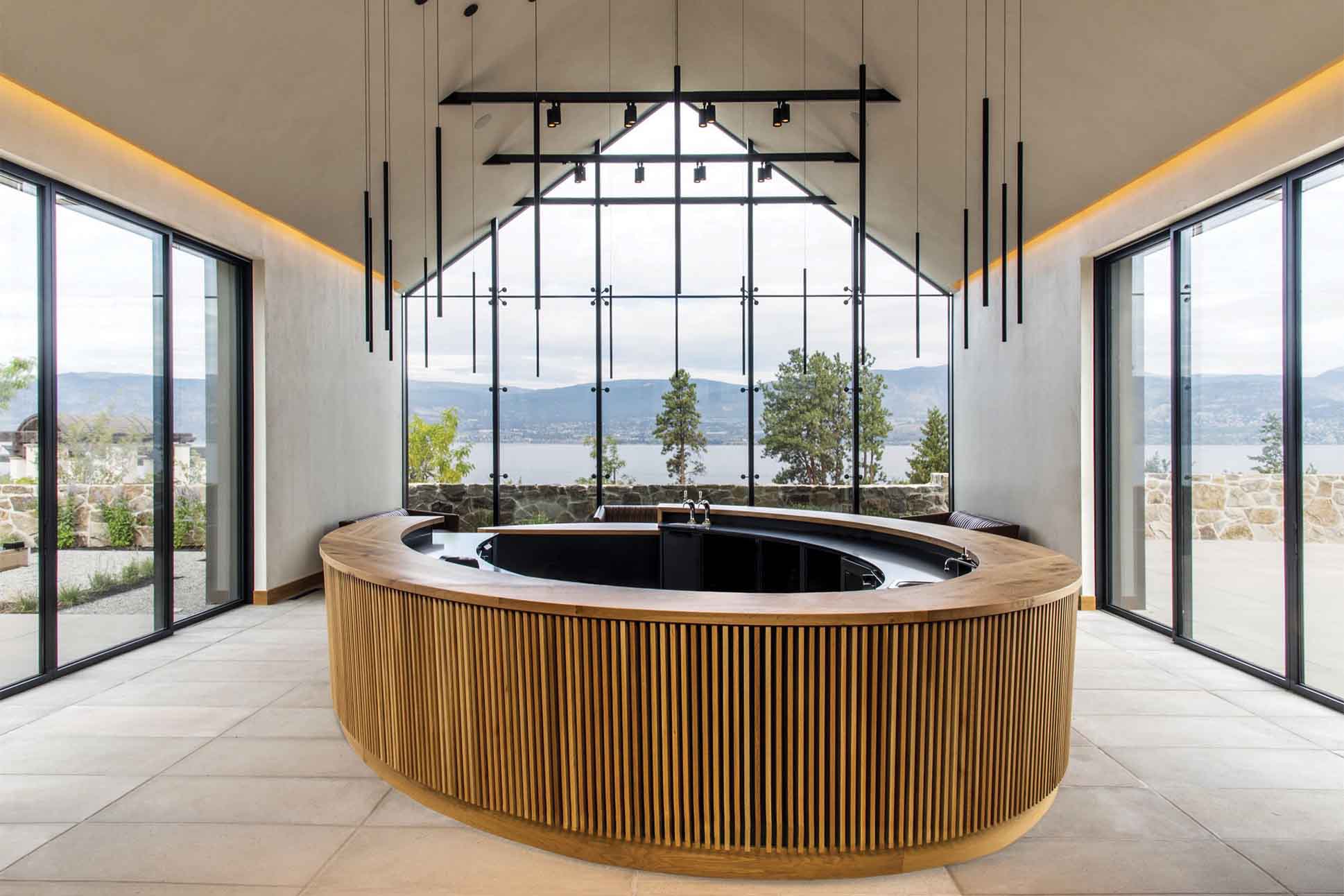
As time passed, new settlers pushed the band off their land, and they were forced to settle on the eastern side of the valley, in an arid pocket of Osoyoos. In the 1960s, they started planting grapes and selling them to local winemakers. As the vines became more established, they realized they were giving away phenomenal grapes—why not make their own wine?
In 2002, Nk’Mip Cellars opened. They’ve been keen to keep their heritage woven into every step. They farm sustainably and organically. Nk’Mip’s finest wines—chardonnay, pinot noir, and syrah—are named Qwam Qwmt, which means “achieving excellence,” in nsyilxcən.
Christine Coletta is another valley veteran. She opened Okanagan Crush Pad 15 years ago, and now has several labels under her belt. At Haywire, housed in a cool-kid, wine-bar space in Summerland, she ages wines in large concrete vessels that add texture, body, and energy to the end product. At Freeform, she takes a hands-off approach to winemaking, letting the land and year dictate how the wines taste.
In 2023, she opened the buttoned-up Garnet Valley Ranch, an expansive, 320-acre ranch where she tends to vines and conjures them into silky, serious pinot noirs and shimmering chardonnay.
“We’re only 10 minutes from downtown Summerland, but when you’re out here, you feel like you’re in the Wild West,” Coletta says. “There are no neighbors, no outside influences around you. It feels like you’re experiencing the Okanagan as it was 100 years ago.”
Indeed, that wildness is the Okanagan’s strongest allure. While wine tourism is blooming, most visitors are adventure seekers—hikers, snowboarders, skiers, and mountain bikers. Even the landscape is one of extremes: The valley is narrow, so the mountains feel enveloping, interrupted only by glacier-blue lakes that warm up like bathwater in the summertime.



“We are growing vines on 2 billion-year-old rocks on one side of the lake, and 40 million-year-old rocks on the other,” says Taylor Whelan, senior winemaker at Mission Hill Family Estate. “We see extraordinary wildlife, like bighorn sheep, bears, moose, and wild horses, wandering into the vineyards.”
Whelan was drawn to the emerging region to help put it on the global stage.
Mission Hill’s Kelowna winery is expansive, with soaring medieval-style arches and a 12-story bell tower. The entire property sits atop a hill, rising from the valley floor toward the heavens. Its signature wine, Oculus, is one of the Okanagan’s first with a cult following—a Right Bank Bordeaux by way of British Columbia.
Outside of Oculus, Whelan focuses on cabernet franc, which he considers the rising star of the region. “The wines it is producing have freshness, vibrancy, and life to them,” he says.
While wildness is the Okanagan’s signature, there are luxuries to be found around every corner, along with vintners pushing the boundaries. Quails’ Gate pours tastings on a 49-foot yacht. Frind Estate’s tasting room is on the shores of the lake—the first beachfront winery in North America.
Quails’ Gate, which sits atop a long-extinct volcano on the western shores of Okanagan Lake, plays with pinot noir and chardonnay—globally two of the most popular grapes—but also works with maréchal foch, a hybrid grape that is becoming increasingly popular in the face of climate change for its exceptional tolerance to cold temperatures.
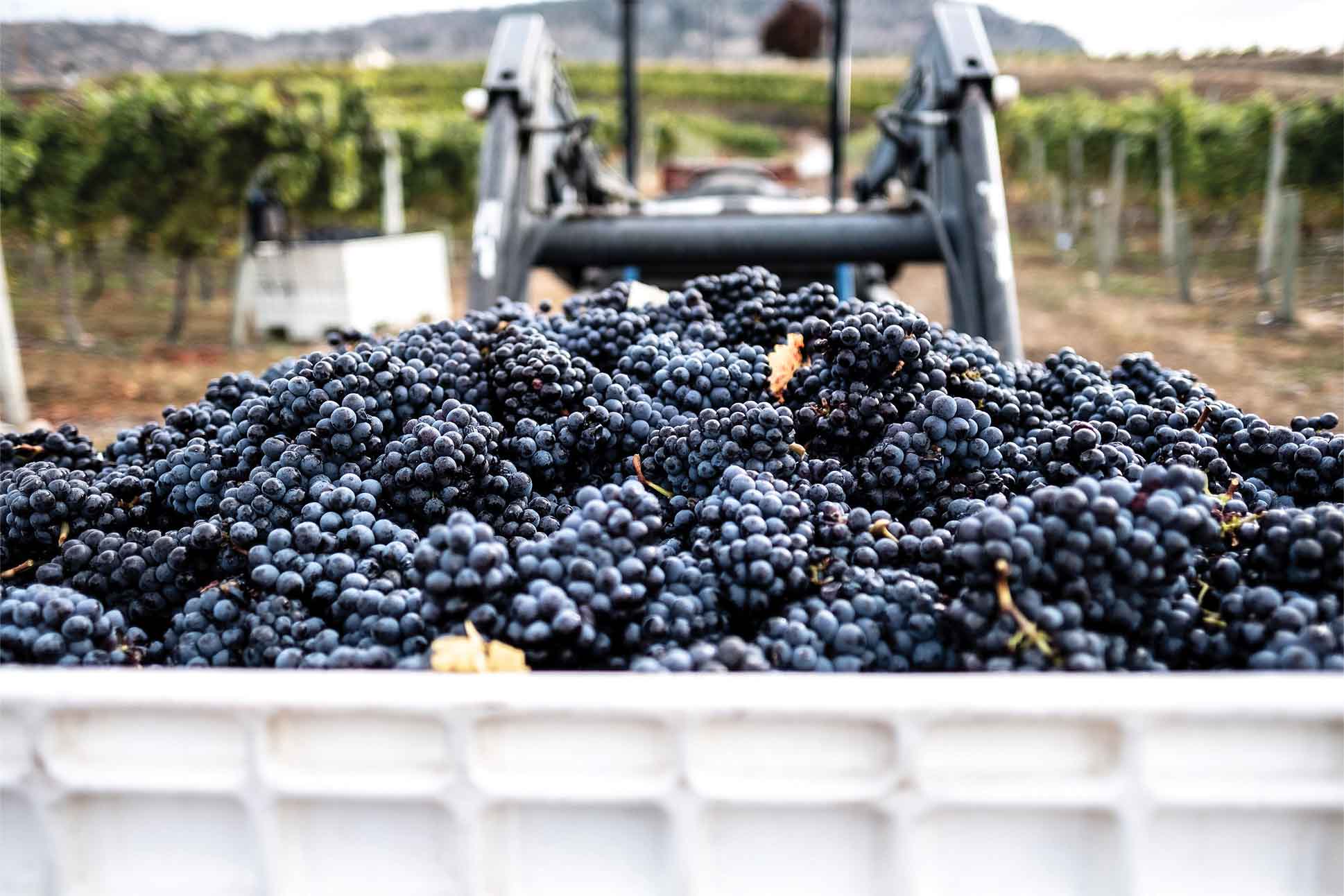
Andres Galvez Pizarro, winemaker at Cedar Creek Estate Winery, is betting on sauvignon blanc “because of its intense and diverse aromatic profile,” but he’s also into the Okanagan’s chardonnay—he finds it wildly versatile—and pinot noir. “Pinot noir can express the best of every corner of the valley,” he says.
Cedar Creek also has a sleek tasting room, but the rest of its property is a little rugged. Scottish highland cattle—named Fern, Milo, Daisy, Bodhi, and Tui—wander the vineyards, a charming addition that’s also beneficial: Their hooves help fertilize the soil. Hives of honeybees buzz around them, helping pollinate the mustard, clover, and wildflowers blooming between the vines.
All of this diversity adds to the Okanagan’s allure. The summers are sun-soaked and golden, with only five hours of darkness at the peak—volumes more sunlight per day than the Napa Valley. And the shimmer lasts well into fall, when the verdant-green landscape gilds over with autumnal colors.
In the winter, pillowy blankets of snow wrap everything in sight and stags and skiers dot the thrilling peaks.
“It’s extreme. We’re both a cool climate and a warm one—it’s really wine-growing on the edge,” says Whelan. “But all good wine is made on the edge.”



